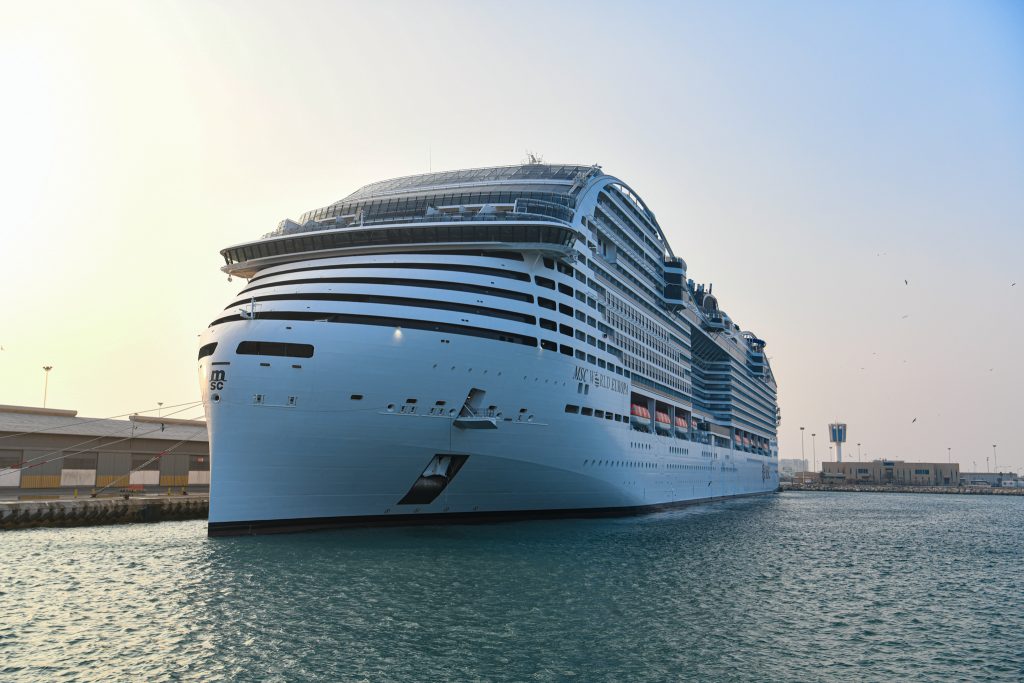Friday, August 23, 2024 Porto, a vibrant city in northern Portugal , is currently undertaking an ambitious experiment to reshape its tourism model. The initiative, centered around the concept of “territorial and interesting quarters,” is designed to disperse tourist flows more evenly throughout the city, preventing overcrowding in popular areas and encouraging visitors to explore lesser-known neighborhoods. This innovative approach not only seeks to protect the city’s cultural and historical sites but also aims to enhance the overall experience for travelers by offering them a more diverse and authentic view of the city.
As Porto sets the stage for a more sustainable tourism model, the question arises: could Lisbon, Portugal’s bustling capital, implement a similar strategy? With over 20.2 million overnight stays recorded in 2023, the Lisbon Metropolitan Area is a hotspot for global tourism, with more than 75% of these visitors being foreigners. The city’s popularity, however, brings challenges such as overcrowding, strain on infrastructure, and rising living costs for locals.
The success of Porto’s experiment could offer a blueprint for Lisbon to follow, potentially transforming how the city manages tourism and its impact on the travel industry. The Benefits of Dispersing Tourist Flows Porto’s experiment with dispersing tourist flows is an innovative solution to one of the biggest challenges facing modern tourism: overcrowding. By encouraging visitors to explore.

















